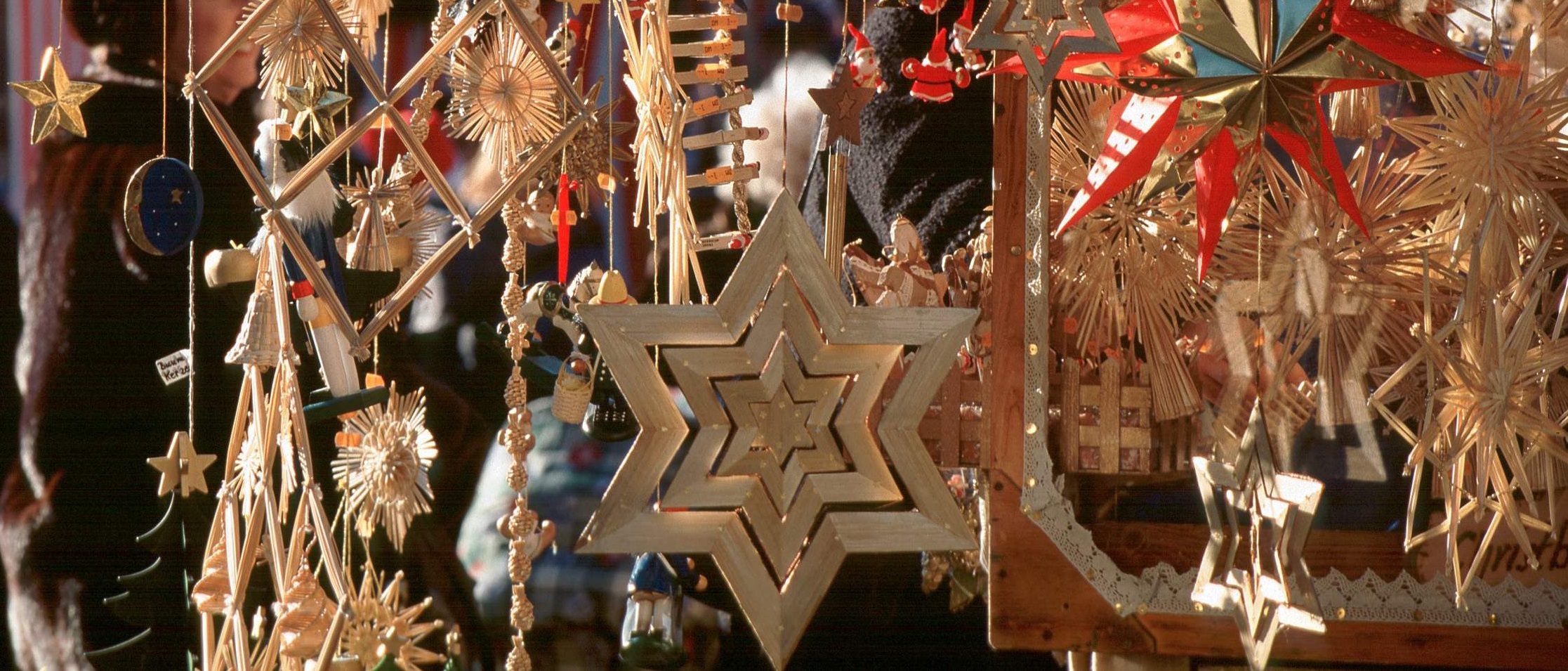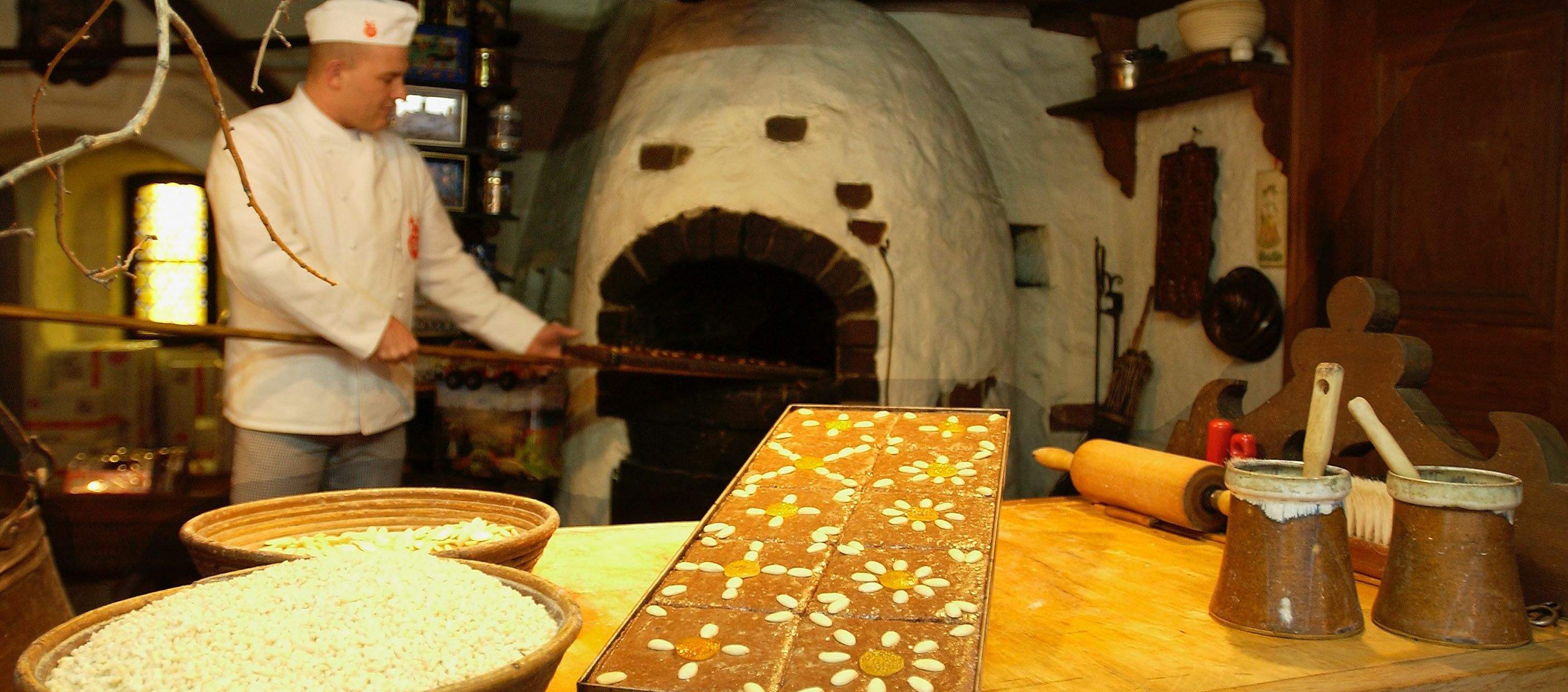
The VDP eagle is a through-line amid the confusion surrounding German wine, and if you remember nothing else, you can count on it as a sign of a wine’s caliber and class.
Verband Deutscher Prädikatsweingüter– The Association of German Quality and Prädikat Wine Estates
DECODING GERMAN WINE SYMBOLS AND NOMENCLATURE has confounded Americans for decades. Americans have little patience when they’re confronted with a language that is not their own and they are (still) prone to stereotypes when it comes to German. German wine has gotten a bum rap as a result – unfairly so.
People with even a passing knowledge of German wine will immediately remember the familiar stylized German eagle when they see it on a label. It is the logo of the VDP – the Association of German Quality and Prädikat Wine Estates – and only the 202 winemaker-members of the VDP are permitted to use it. The VDP eagle is a through-line amid the confusion surrounding German wine, and if you remember nothing else, you can count on it as a sign of a wine’s caliber and class.
The VDP got its start in 1910 and is the only organization of its kind in the world today. Member estates agreed not to chapitalize their wines and embraced high quality standards at a time when adulterated wine was not uncommon. They practiced ecologically friendly, sustainable viticulture and relied on traditional techniques, while also promoting growth and innovation.
The VDP operates on the same ethical footing today that its members embraced over 100 years ago. Member estates agree to reduce their yields in the interests of quality. They insist on higher starting must weights and careful harvesting. Grapes for top wines are harvested by hand.
VDP member vineyards focus overwhelmingly on classic varietals that are typical for their regions, such as Rieslings and Pinots. The estates and their wines are inspected and certified on a regular basis to sustain the high standards members agree to.
The VDP subjects growths from specific sites to rigorous standards. Not every parcel of every site will yield top-quality wines. The use of a vineyard name on a label is reserved for wines sourced from top-tier sites with characteristics that are specific to that site.
We are grateful to the VDP for the encouragement they have provided for the 2013 German Pinot Road Tour. The leadership has been extraordinarily helpful in sharing information, giving us feedback, providing contacts and extending our reach. The VDP is also providing space for the opening workshop of the Road Tour, where David Schildknecht will present a selection of several top Pinot Noirs based on his extensive knowledge of German wines.
The Road Tour will include visits to several VDP member estates as well as other quality producers who operate outside the VDP. Similarly, the wines to be spotlighted at the opening of the Tour are from VDP growers as well as winemakers who are not members. The itinerary, choice of estates to be visited, organization of the tour and tasting are the sole responsibility of Treasures of Europe Tours.



